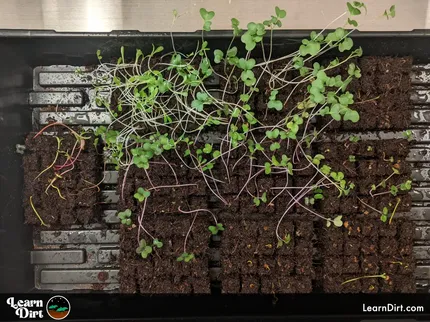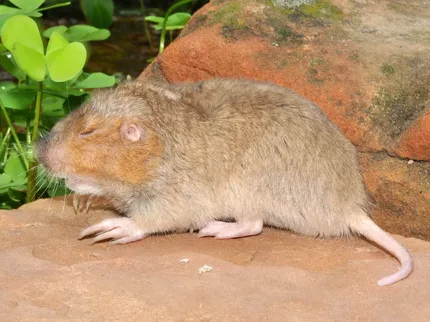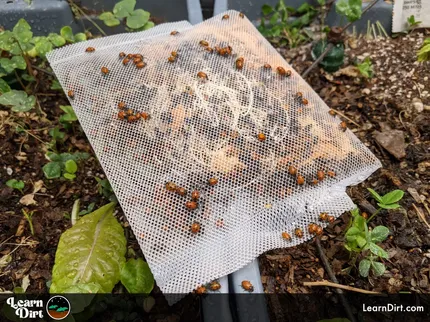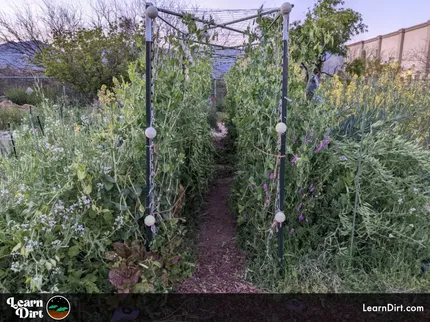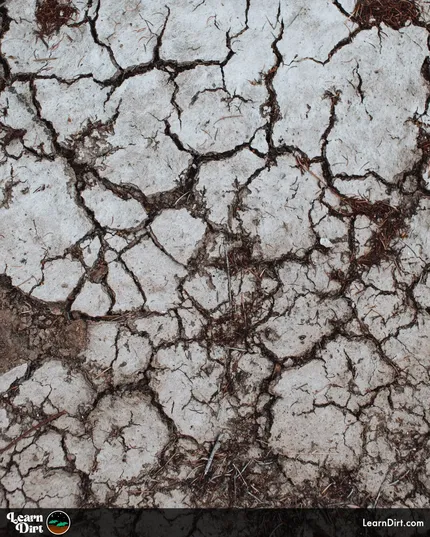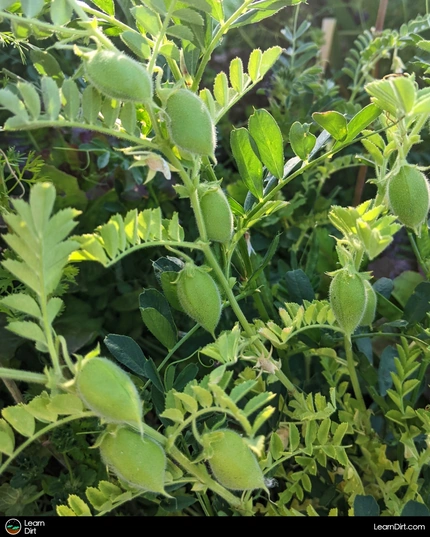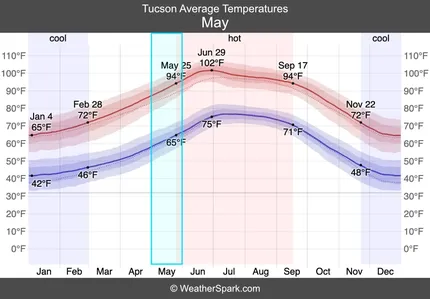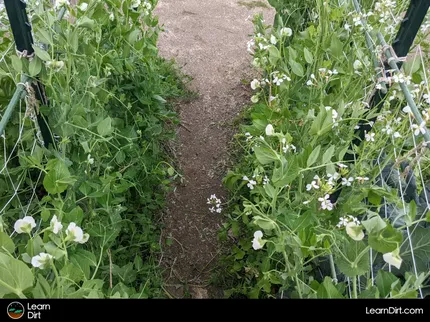If you'd like to learn about the components of soil and soil composition, you're in the right place!
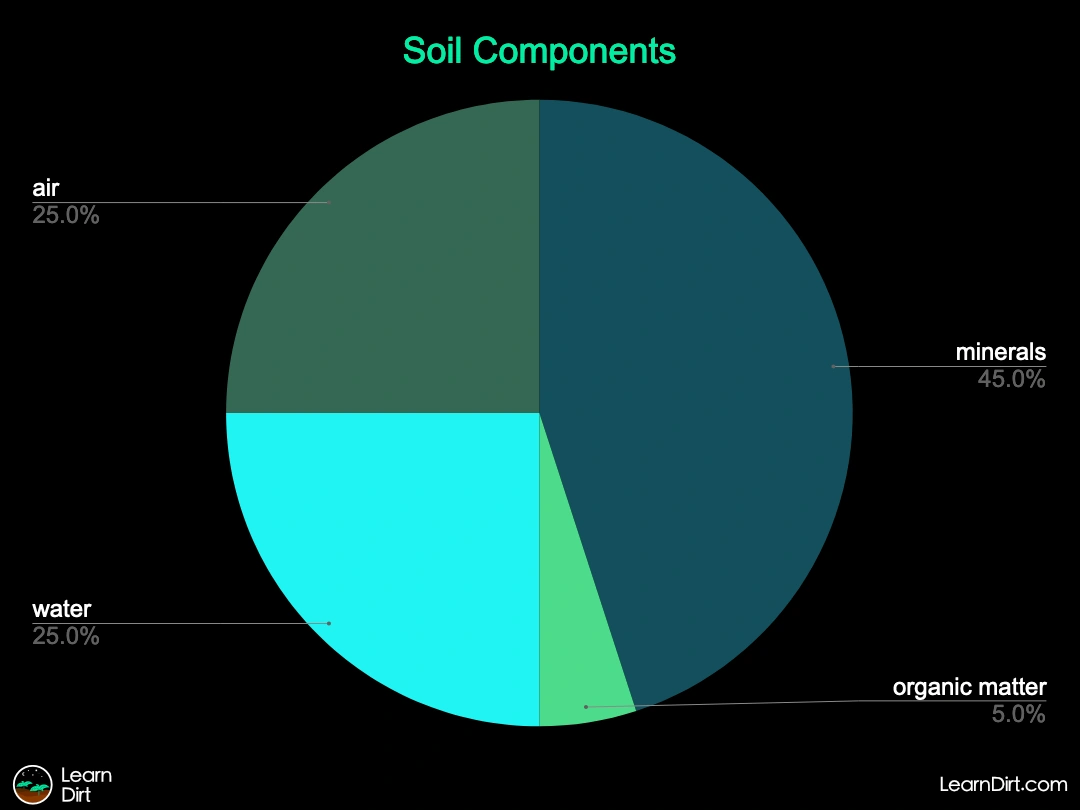
Keep in mind that soil organic matter content can range from <1% to 15%+ depending on how much you've improved your soil.
What Are The Components of Soil?
Soil breaks down into 4 major components (as seen on the chart above.) Let's look closer at each of these to get a better understanding of how it all fits together:
Organic Components of Soil
They say that there are more living organisms in one teaspoon of healthy soil than there are human beings on the Earth.
Disclaimer: This post may contain affiliate links. Refer to the privacy policy for more information.
Healthy soil is a thriving microcosm of biological activity which facilitates plant growth and health in organic systems.
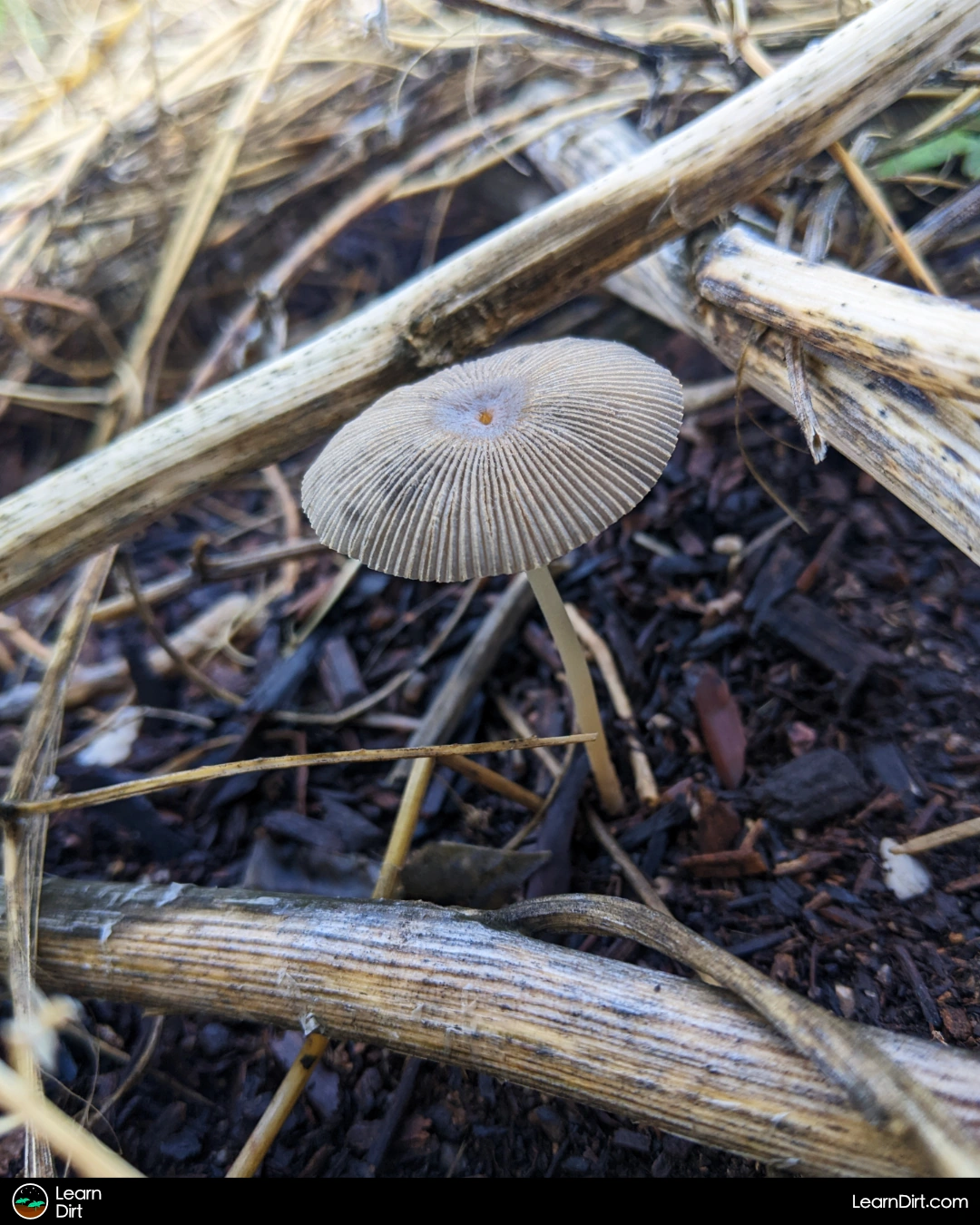
You can think about soil biology somewhat like gut biology.
We humans rely on healthy, thriving gut microbiomes in order to digest our food. Our microbiomes help us break down food, convert nutrients, and make them bioavailable for our bodies to utilize.
Plants have the same thing, but their microbiome lives on the outside. Think of plant roots like an inside-out intestinal tract - they absorb nutrients which plants need from the outside. The microbiome which plants utilize therefore extends from its roots and rhizosphere outward through the soil.
Plants rely on the soil microbiome to break down nutrients, convert it, and make it bioavailable to plants in a very similar way to our own gut microbiomes.
Plants require these biological components in their soil in order to access nutrients in organic contexts.
Join The Grower's Community
Looking for a place to meet growers,
ask questions, share knowledge, be heard,
and feel like you belong? 🌱
Check It Out!
Check out our article on Soil Organic Matter Content (SOM) to learn more about the biological components of soil.
Mineral Components of Soil
Mineral components comprise roughly 45% of the average soil.
The most common mineral in soil is quartz.
Clay and silt are the primary water-holding components. They have tiny particles and water becomes trapped between them via capillary action.
Weathered bedrock and mineral components reveal trace elements required by plants. Carbonic acid released by certain bacteria, fungi, and lichen can help to bread down minerals and release trace elements.
The macronutrients elements required by plants are:
- Nitrogen (N)
- Phosphorus (P)
- Potassium (K)
- Calcium (Ca)
- Magnesium (Mg)
- Sulfur (S)
The micronutrient elements required by plants are:
- Chlorine (Cl)
- Copper (Cu)
- Iron (Fe)
- Boron (B)
- Manganese (Mn)
- Molybdenum (Mo)
- Nickel (Ni)
- Zinc (Zn)
The following micronutrients are not strictly required by plants, but may aid in development and resistance for some species:
- Silicon (Si)
- Vanadium (V)

Water in Soil
Water composes roughly 25% of soil, but this can vary significantly depending on climate and rainfall.
Sandy desert soils have substantially lower water content than tropical clay soils, for instance.
The water content of the soil also fluctuates daily, slowly evaporating, draining, and being transpired by plants when it's not raining and being replenished when it rains or snow melts.
Water also stratifies into layers in the soil, so different soil saturations exist at a wariety of depths.
To learn about how water wovest through soils and agricultural systems, check out our Hydrologic Cycle Guide.
Air in Soil
Like water, air also occupies the small pores in soil and fluctuatues over time as well.
Dry soils have more room for air, while wet waterlogged soils can be low in air and oxygen-poor.
Air helps to give plant roots time to dry out a bit between saturation events, and is a healthy counterbalance to water in soils.
Ideally, healthy soil will fluctuate between being water-heavy with less air, and air-heavy with less water frequently enough that plants can thrive.
When soils stay oversaturated with water and devoid of much air for too long, or the inverse, plants begin to suffer.
Locally-adapted plants will generally tolerate your native soil and the fluctuations between water and air due to your regions climate and weather better than non-native plants as a general rule.
That's all for now, thanks for reading!
If you have any questions, comments, or would like to connect with fellow gardeners, head on over to the forum and post there.

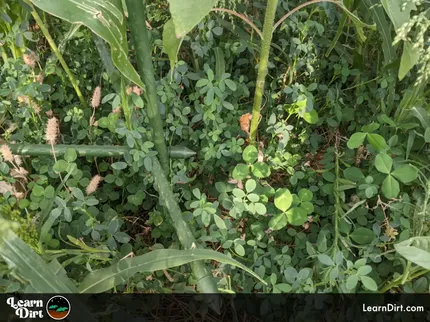
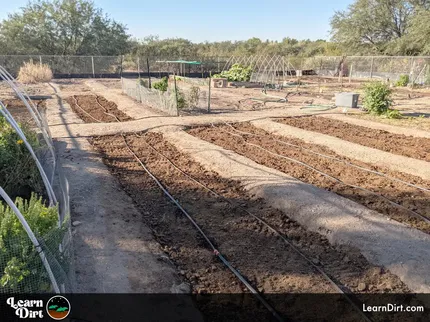
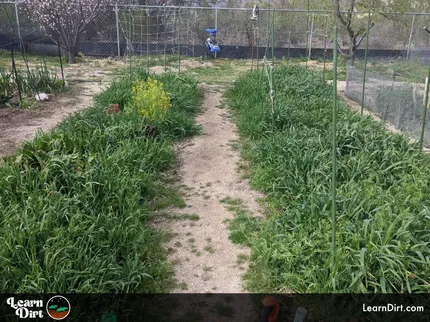


![Don't Till Away Your Carbon [Taffy]](/media/product_images/dont-till-away-your-carbon-[taffy]_shirt_260x260.png)
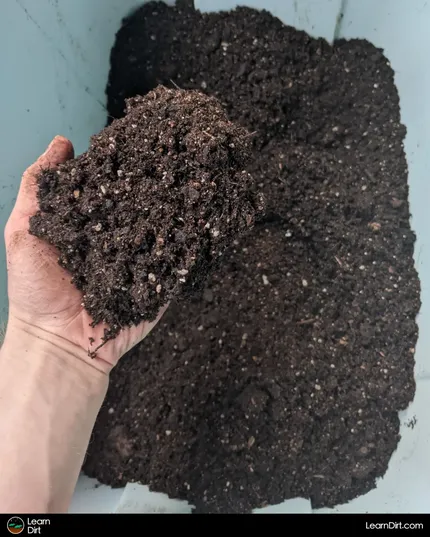
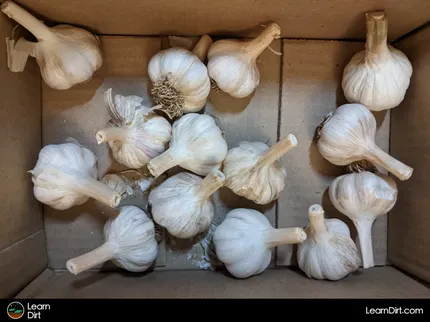

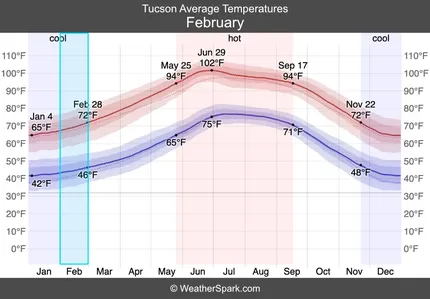
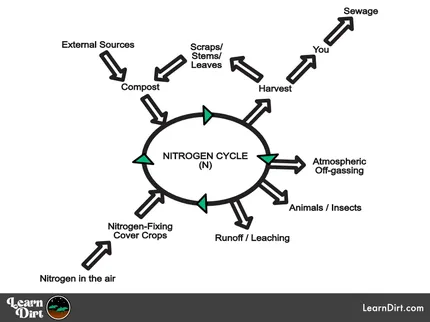

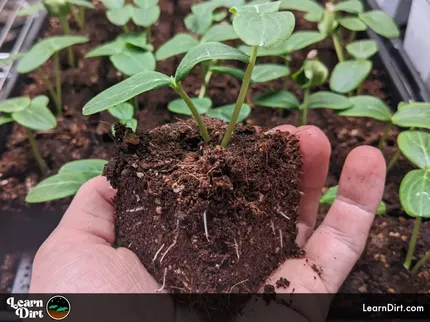
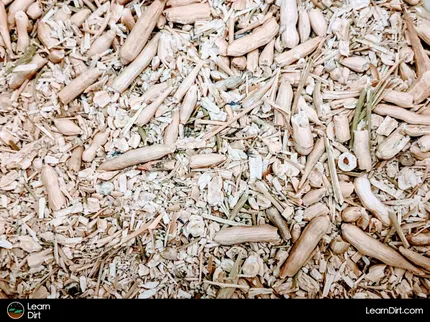
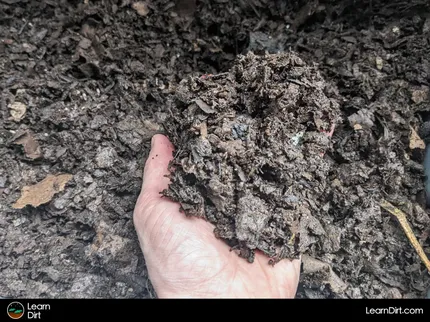

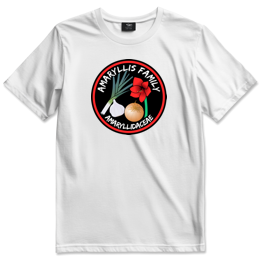
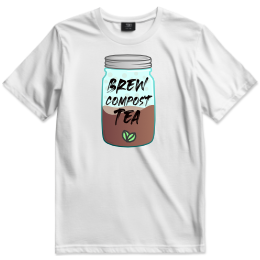
![Don't Till Away Your Carbon [Neon] Sticker](/media/product_images/dont-till-away-your-carbon-[neon]_sticker_260x260.png)
